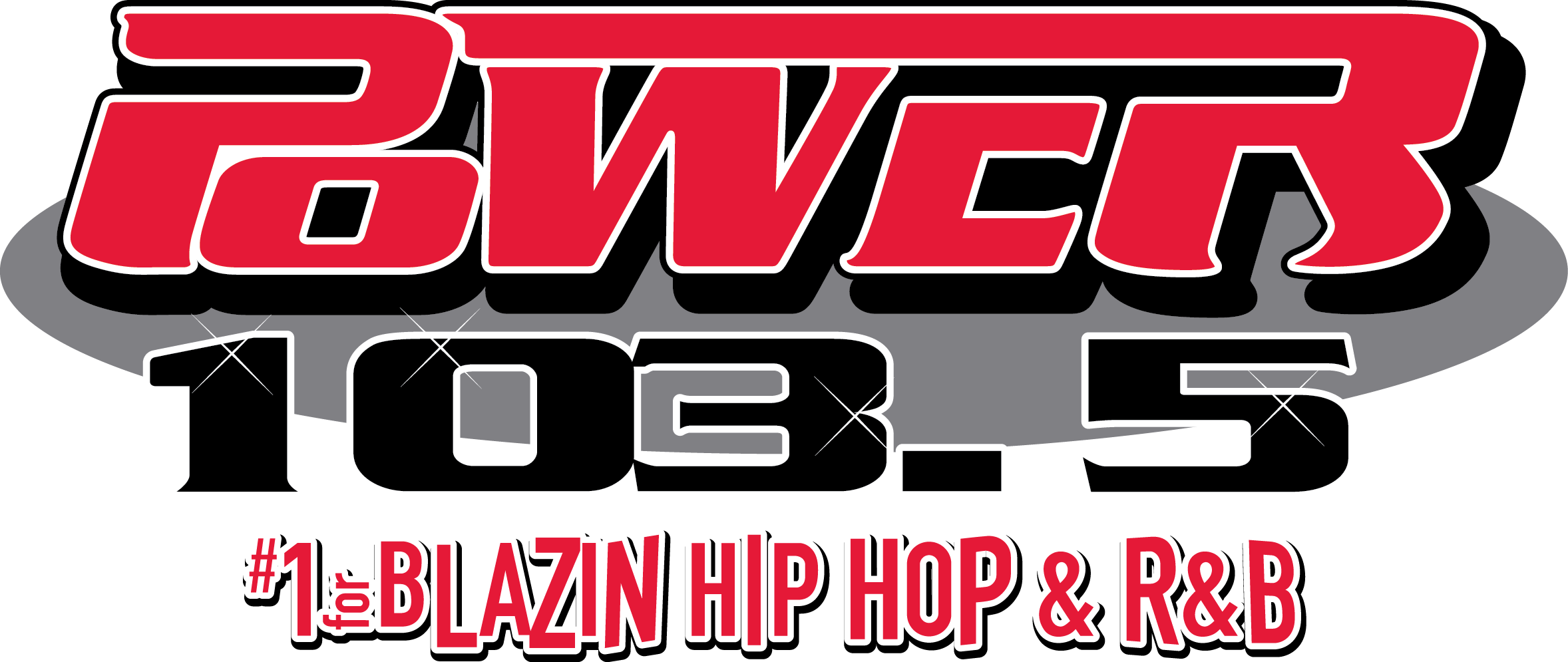Sarah Palin vies for Alaska’s only House seat in crowded nonpartisan primary
Written by ABC Audio All Rights Reserved on June 10, 2022

(NEW YORK) — When Alaska’s only House member, Rep. Don Young, died in March, it opened the floodgates to replace him.
Since Young — the longest serving Republican in the House — was first elected in 1973, this is the first time in nearly half a century that Alaska’s House seat is vacant.
Forty-eight candidates are now running in a special statewide primary Saturday, including former Alaska Gov. Sarah Palin.
Palin and fellow Republican Nick Begich III, as well as independent Al Gross, are among among the four likely to advance to the general election in August, according to FiveThirtyEight, which notes that since the election is primarily being conducted using mail ballots due June 21, the results won’t be known until later this month.
The Alaska Division of Elections is holding the “Nonpartisan Top 4 Primary to determine the top four vote getters that will advance to the General Election, regardless of party affiliation.” The winner in August will serve only the remainder of Young’s term; the regularly scheduled election to decide who will serve a full two-year term starting in 2023 will be held in November.
Palin has the most name recognition in the relatively crowded primary field. Her return to national politics comes 14 years after she and then-GOP presidential candidate Sen. John McCain lost the 2008 election to Democrats Barack Obama and Joe Biden.
In 2009, a few months after that loss, she resigned as Alaska’s governor. But Palin gained popularity along with the “tea party” movement that same year. Two years later, in 2010, she was the keynote speaker at the National Tea Party Convention.
The “tea party,” though rooted in an opposition to taxation and big government, also included radical elements — with some adherents supporting the fabricated and racist birtherism theory that Obama, the first Black president, is not a United States citizen.
In many ways, Palin’s shoot-from-the-hip style and the tea party were precursors to Trump and the MAGA movement. Both tapped into voters’ anger during the Obama era and used it to their advantage.
Palin supported Trump’s 2016 presidential run, and only two days afer Palin launched her House campaign this year, Trump returned the favor. In early June, Trump held a statewide telerally for Palin.
Palin’s main platform includes making America energy independent, getting inflation under control and protecting Second Amendment rights. In an interview with the Associated Press, she said she’s committed to the people of Alaska.
When she announced her run for Congress in April, Palin said she entered the race because she believed “America was at a tipping point.”
Even though Palin’s candidacy is high profile, she faces competition. Begich, who is running as a Republican, comes from a prominent Democratic family. His grandfather, Democratic Rep. Nick Begich Sr., was Alaska’s sole representative before Young — from 1970 to 1972. The older Begich was presumed to have died in 1972 when his plane disappeared en route to a rally in Alaska — a plane also carrying then-House Majority Leader Hale Boggs. Nick Begich’s siblings served in the Alaska legislature and the U.S. Senate as Democrats; Mark Begich was a senator for a single term, elected in 2008.
Before running for Congress, Begich held several political roles, including co-chair for Young’s 2020 reelection campaign, the 2020 OneAlaska campaign and the Alaska Republican Party’s Finance Committee.
Another candidate who could advance to the general is Gross, running as an independent.
Gross told the Anchorage Daily News he is running for Congress because he wants to do what is best for Alaskans and his top priorities include creating jobs, diversifying the state’s economy and making the U.S. energy independent.
Thirty-one candidates have filed for the general election.
Copyright © 2022, ABC Audio. All rights reserved.






